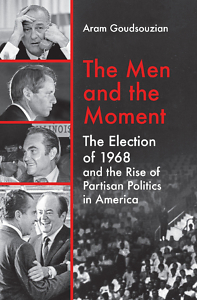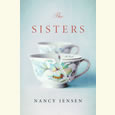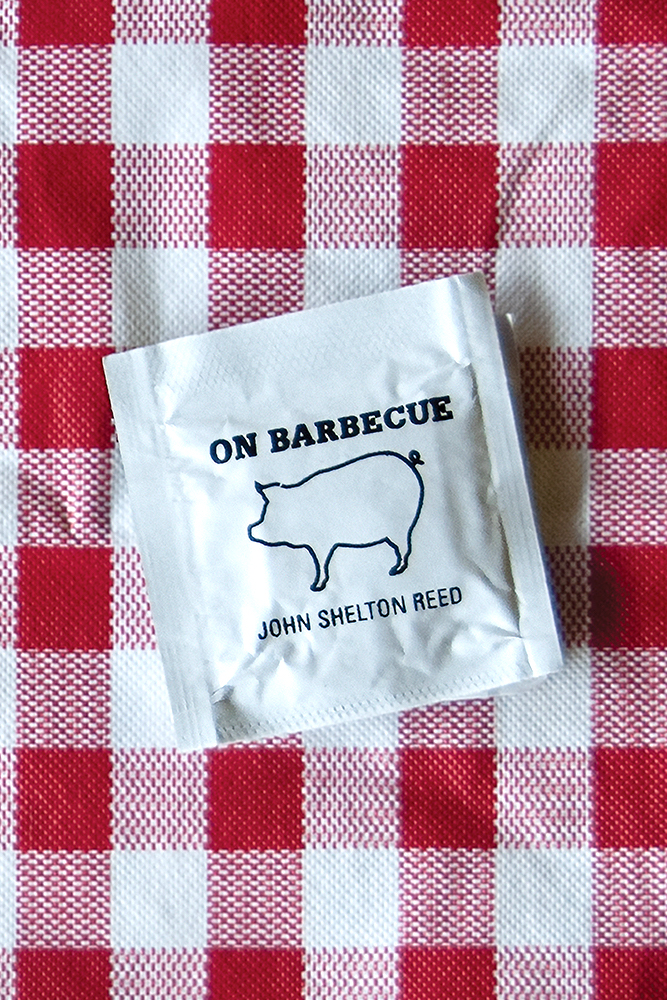It’s 1968 All Over Again
A new book by Memphis historian Aram Goudsouzian explains the rise of partisan politics
The presidential election of 1968 was both an end and a beginning. Part of what made it such a tumultuous, painful campaign was that it was not just the last gasp of an old politics and the dawn of the next era; it was also a moment when the traditional and the revolutionary came to blows.
 Just consider the Democratic National Convention that year, in Chicago. Inside the city’s International Amphitheater, the party’s old-line political machines maneuvered to sideline progressive sentiment and nominate Vice President Hubert Humphrey over the antiwar senator Eugene McCarthy. Outside in the streets, meanwhile, police brutally assaulted thousands of protesters, many of whom were as angry at the party’s anti-democratic nominating system as they were about the war and social inequality.
Just consider the Democratic National Convention that year, in Chicago. Inside the city’s International Amphitheater, the party’s old-line political machines maneuvered to sideline progressive sentiment and nominate Vice President Hubert Humphrey over the antiwar senator Eugene McCarthy. Outside in the streets, meanwhile, police brutally assaulted thousands of protesters, many of whom were as angry at the party’s anti-democratic nominating system as they were about the war and social inequality.
With all the discord in Chicago, the Republican National Convention, held a few weeks earlier in Miami, is often forgotten. But it, too, was a symbolic battlefield of old and new—this time in reverse. Sequestered behind barricades in Miami Beach, the Republicans presented a new image of themselves for the TV cameras: middle class, suburban, white, and above all “normal,” a rejection of the diversity that was beginning to alter American life. The new GOP not only ignored civil rights as a guiding concern; in its depiction of America as a suburban, white paradise, it rejected the very notion of racial justice. Beyond the barricades, days of rioting in the nearby black neighborhood of Liberty City left three dead and twenty-nine injured.
As Aram Goudsouzian—a historian at the University of Memphis and a frequent Chapter 16 contributor—makes clear in The Men and the Moment: The Election of 1968 and the Rise of Partisan Politics in America, nothing illustrates the new/old tensions of the 1968 election quite like the cast of characters that animated it: Humphrey, Richard Nixon, McCarthy, Nelson Rockefeller, Robert Kennedy, Ronald Reagan, Lyndon Johnson, George Wallace. More than fifty years later, their names continue to draw awe and derision. Meanwhile, how many people even remember Rudy Giuliani’s presidential run?
 Goudsouzian’s book is slim and compulsively readable; as a primer on the election, it is unmatched. Every chapter focuses on one of the year’s key figures and explains the way each candidate’s trajectory embodied both the dying old politics and the protean new: Wallace was an unreconstructed segregationist and one of the first to grasp the power of white discontent; Nixon, after losing to the telegenic John F. Kennedy in 1960, developed a brilliant strategy around televised events that let him speak directly to the public, bypassing the media.
Goudsouzian’s book is slim and compulsively readable; as a primer on the election, it is unmatched. Every chapter focuses on one of the year’s key figures and explains the way each candidate’s trajectory embodied both the dying old politics and the protean new: Wallace was an unreconstructed segregationist and one of the first to grasp the power of white discontent; Nixon, after losing to the telegenic John F. Kennedy in 1960, developed a brilliant strategy around televised events that let him speak directly to the public, bypassing the media.
Ironically, it was Johnson, the Master of the Senate and the herald of the Great Society, who by 1968 seemed the most out of touch with the rapid changes in the American political landscape. A poor stump speaker, he never tried to explain the war in Vietnam, let alone justify it; he expected the public to follow his lead, and the machinery of the Democratic Party to get him reelected. And for a while it did. But by early 1968, students were not the only ones rejecting his agenda. After he almost lost to McCarthy in the New Hampshire primary, he withdrew from the race.
Vietnam was not Johnson’s only undoing. He saw himself as the second coming of Franklin Roosevelt, and his domestic agenda was full of policies to shore up the American working class. But he didn’t understand that for many American voters (though not necessarily all Americans), the Great Society had already arrived. “By 1968,” Goudsouzian writes, “the ‘average voter’ in the United States was the most prosperous citizen in world history.” If those voters had a fear, it was a fear that change—racial change, social change, economic change in the form of higher taxes—would undermine what they believed was their own personal success.
Nixon understood this. Though he faced a credible challenge during the primaries from Nelson Rockefeller, there was never a question among the party’s leadership that Nixon, the loser of 1960, was somehow the only candidate from either party who really understood the working- and middle-class white voter, who could speak in the right racial code words, who knew that taxes and school bussing and crime were the things that kept his base awake at night. Though he was hardly a religious man, he kowtowed to Billy Graham and other evangelicals, and declared that the new GOP was also the party of the religious right. Nixon is on our minds now because of the echoes of Watergate in today’s news; let’s also not forget that the political playbook he helped write is still being used.
Hubert Humphrey, who struggled to distance himself from Johnson, never quite understood the new political landscape; he lost because he believed the Democrats could still win a majority of the white working class. But as both Robert Kennedy and McCarthy grasped, the Democrats had lost their hold on blue-collar America. A new politics had to be forged, linking college graduates, racial minorities, progressives, and the urban middle class. Kennedy, with his unique appeal, might have taken that coalition to the White House had he not been assassinated moments after winning the California primary. McCarthy was too aloof and disorganized to defeat the Nixon machine, but he never got a chance—the party bosses in Chicago would never accept him as their candidate.
Four years later Senator George McGovern, who ran a two-week campaign for the Democratic nomination in 1968, won the party’s mantle with the backing of students, minorities and liberals—and went on to endure one of the worst general-election defeats in history. McGovern stayed in the Senate, and lived to see, in 2008, that same coalition elect the country’s first African-American president. He died in 2012; four years later Donald Trump, running with an updated edition of the Nixon playbook, won the White House. For all that has happened in the last half century, it seems we are still living in 1968.

Nashville native Clay Risen is the author of the forthcoming book The Crowded Hour: Theodore Roosevelt, the Rough Riders, and the Dawn of the American Century, The Bill of the Century: The Epic Battle for the Civil Rights Act, A Nation on Fire: America in the Wake of the King Assassination, and American Whiskey, Bourbon and Rye: A Guide to the Nation’s Favorite Spirit.


